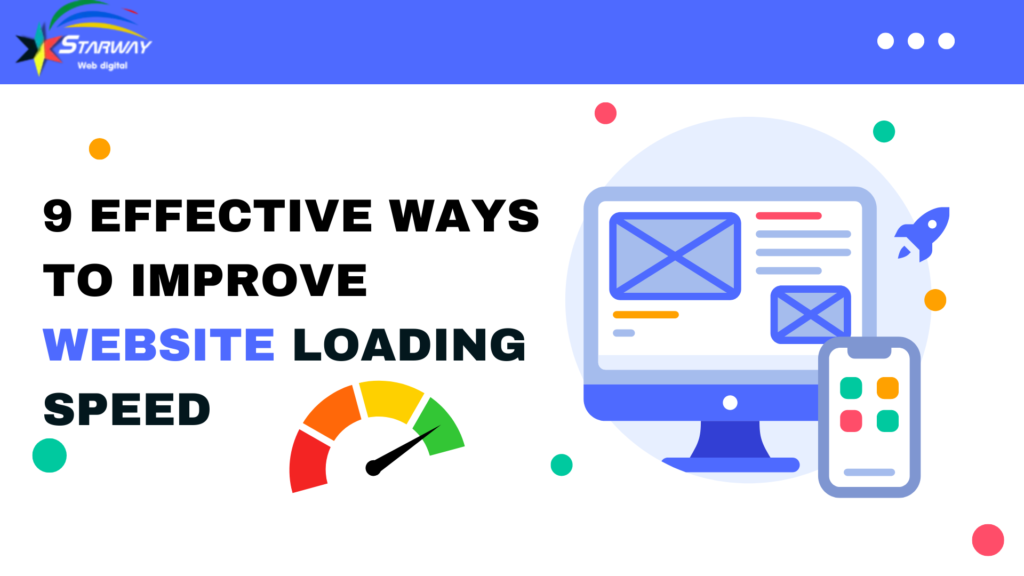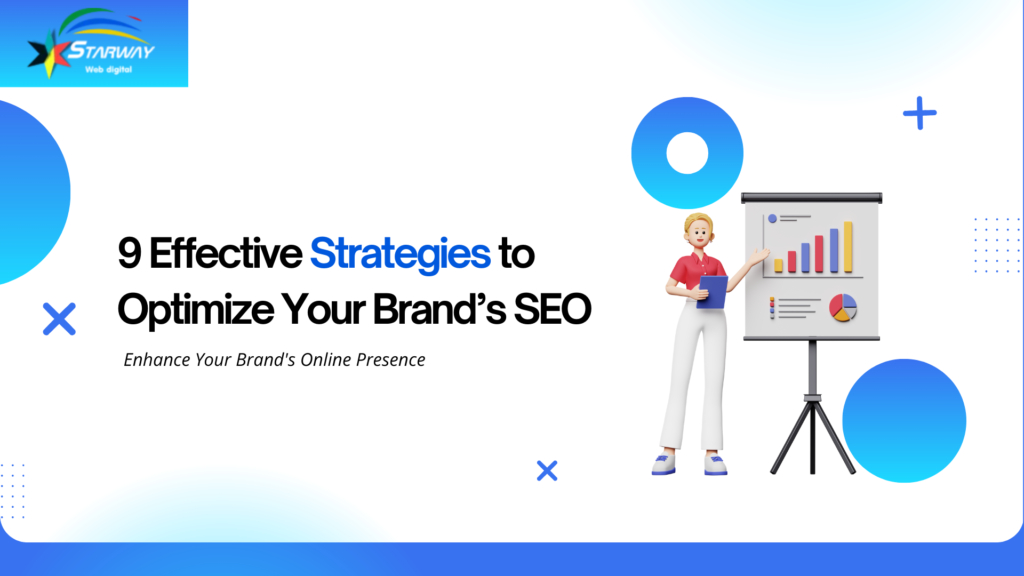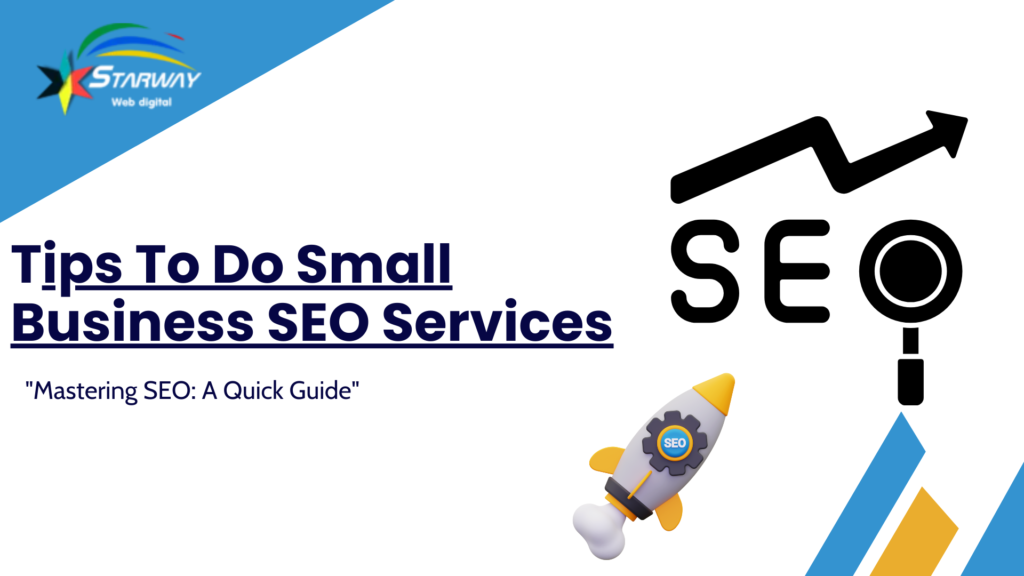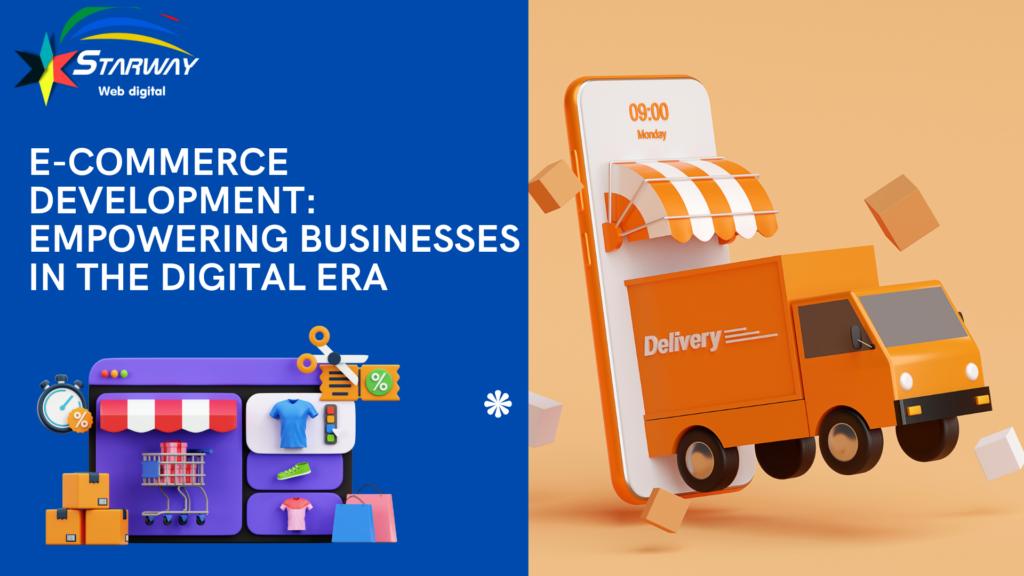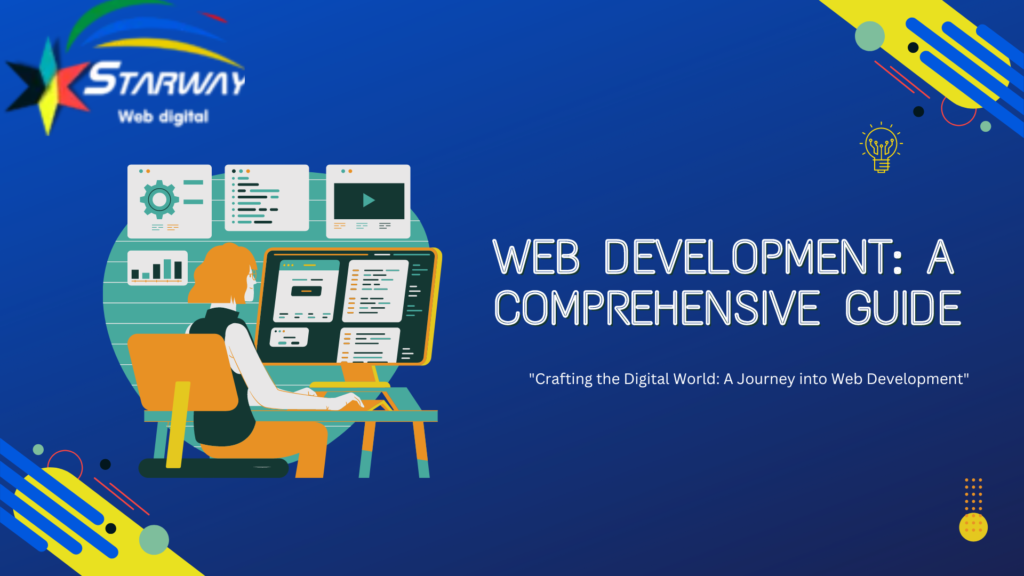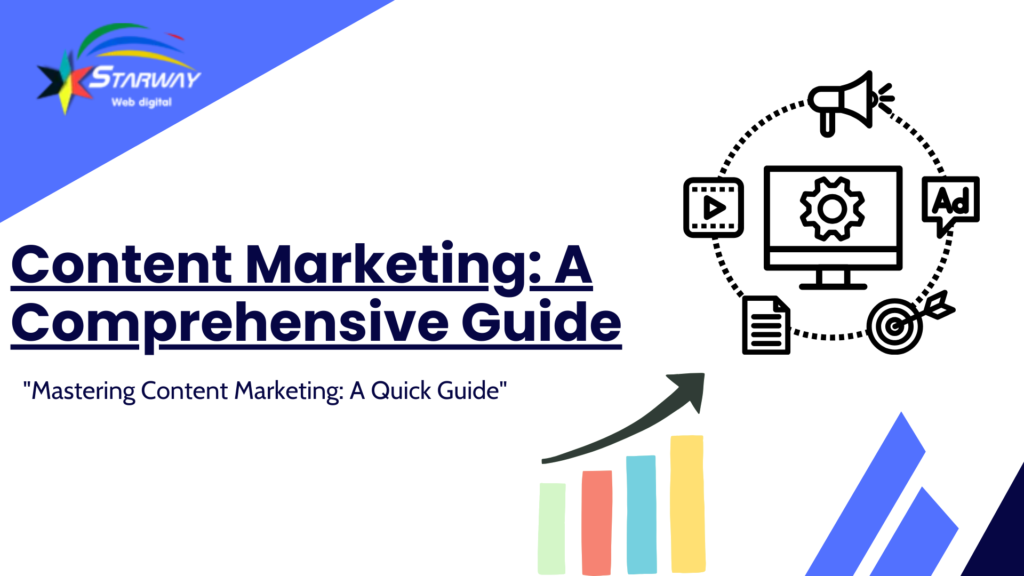In today’s digital landscape, content marketing has emerged as a crucial component of any successful marketing strategy. Businesses of all sizes are recognizing the power of compelling content to engage their audience, build brand awareness, and drive conversions. In this comprehensive guide, we’ll delve into the intricacies of content marketing, exploring its various types, benefits, strategies, and best practices to help you leverage its full potential. Introduction to Content Marketing Content marketing can be defined as the strategic approach of creating and distributing valuable, relevant, and consistent content to attract and retain a clearly defined audience. Unlike traditional advertising, content marketing focuses on delivering valuable information rather than directly promoting a product or service. It aims to educate, entertain, or inspire the target audience, ultimately fostering trust and loyalty towards the brand. Types of Content Marketing Content marketing encompasses a wide array of formats, each catering to different audience preferences and consumption habits. Some common types of content marketing include: BloggingBlogs serve as a platform for businesses to share industry insights, updates, and informative articles. They help establish thought leadership, drive organic traffic to the website, and improve search engine rankings through relevant keywords. Social Media ContentSocial media platforms offer a dynamic space for sharing engaging content in various formats, including posts, images, videos, and stories. Businesses can leverage social media to interact with their audience, build community, and amplify brand messaging. VideosVideo content continues to gain popularity across digital channels, offering a visually engaging way to convey information and tell stories. From product demonstrations to behind-the-scenes footage, videos can captivate audiences and evoke emotions effectively. InfographicsInfographics combine text and visual elements to present complex information in a digestible format. They are highly shareable and can attract attention on social media platforms, driving traffic back to the website. eBooks and WhitepapersLong-form content such as eBooks and whitepapers provide in-depth insights into specific topics or industry trends. They are valuable resources for lead generation, offering valuable information in exchange for contact details. Benefits of Content Marketing The benefits of content marketing extend beyond mere brand promotion. Here are some key advantages: Increased Brand VisibilityBy consistently publishing valuable content, businesses can enhance their online presence and visibility across digital channels. This increased visibility helps attract new audiences and expand reach. Higher Website TrafficQuality content serves as a magnet for organic traffic, driving visitors to the website through search engines, social media shares, and referral links. This influx of traffic can lead to higher conversions and sales. Improved Brand ReputationContent that demonstrates expertise, authority, and authenticity can help build a positive brand reputation. When consumers perceive a brand as knowledgeable and trustworthy, they are more likely to engage with its products or services. Lead Generation and Customer AcquisitionInformative content acts as a lead generation tool, attracting potential customers who are seeking solutions to their problems or answers to their questions. By nurturing these leads through the sales funnel, businesses can convert them into paying customers. Enhanced Customer Engagement and LoyaltyEngaging content fosters meaningful interactions with the audience, encouraging likes, shares, comments, and other forms of engagement. By consistently delivering value, businesses can cultivate a loyal community of brand advocates. Key Elements of an Effective Content Marketing Strategy To maximize the impact of content marketing, businesses need to develop a well-defined strategy that aligns with their goals and objectives. Here are some essential elements to consider: Understanding Target AudienceEffective content marketing begins with a deep understanding of the target audience’s demographics, preferences, pain points, and aspirations. By creating content that resonates with their interests and needs, businesses can establish stronger connections and drive engagement. Setting Clear Objectives and GoalsBefore embarking on a content marketing campaign, it’s crucial to outline specific objectives and measurable goals. Whether it’s increasing website traffic, generating leads, or boosting sales, clear goals provide direction and focus for the content strategy. Content Creation and Distribution PlanA comprehensive content calendar outlines the types of content to be created, the topics to be covered, and the publishing schedule. It also includes a distribution plan to ensure that content reaches the target audience through various channels. Consistency and QualityConsistency is key to maintaining audience interest and engagement over time. Businesses should strive to deliver high-quality content on a regular basis, adhering to brand voice, style guidelines, and editorial standards. Monitoring and AnalyticsMonitoring the performance of content marketing efforts is essential for assessing effectiveness and making data-driven decisions. By tracking key metrics such as website traffic, engagement rates, and conversion rates, businesses can identify areas for improvement and optimize their strategies accordingly. Content Distribution Channels Effective content distribution is essential for reaching and engaging the target audience across various touchpoints. Here are some popular distribution channels: Social Media PlatformsShare content organically on social media platforms such as Facebook, Twitter, LinkedIn, Instagram, and Pinterest. Use a mix of text, images, videos, and hashtags to maximize visibility and engagement. Email MarketingSend personalized content to subscribers through email newsletters, drip campaigns, and promotional offers. Tailor content based on subscriber preferences and behaviors to enhance relevance and engagement. SEO OptimizationOptimize content for search engines by incorporating relevant keywords, meta tags, and descriptive headers. Focus on creating valuable, user-friendly content that satisfies search intent and earns higher rankings. Influencer PartnershipsCollaborate with influencers and industry experts to amplify the reach and credibility of your content. Partner with influencers who align with your brand values and target audience demographics for maximum impact. Content SyndicationDistribute content to third-party websites, blogs, and online publications through syndication partnerships. Reach new audiences and generate backlinks to improve search engine visibility and domain authority. Measuring Content Marketing Success Measuring the effectiveness of content marketing efforts requires tracking key performance indicators (KPIs) and analyzing relevant metrics. Here are some common KPIs to consider: Key Performance Indicators (KPIs) Analytics Tools Utilize analytics tools such as Google Analytics, social media insights, and email marketing platforms to track and analyze performance metrics. Gain insights into audience behavior, content performance, and conversion paths to inform strategic decisions. Adjusting Strategies Based on


